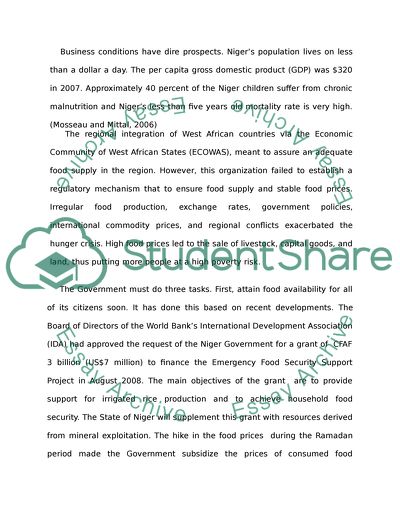Cite this document
(Rural Development in the North and in the South Case Study, n.d.)
Rural Development in the North and in the South Case Study. Retrieved from https://studentshare.org/agriculture/1507119-rural-development
Rural Development in the North and in the South Case Study. Retrieved from https://studentshare.org/agriculture/1507119-rural-development
(Rural Development in the North and in the South Case Study)
Rural Development in the North and in the South Case Study. https://studentshare.org/agriculture/1507119-rural-development.
Rural Development in the North and in the South Case Study. https://studentshare.org/agriculture/1507119-rural-development.
“Rural Development in the North and in the South Case Study”, n.d. https://studentshare.org/agriculture/1507119-rural-development.


